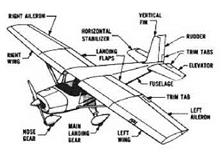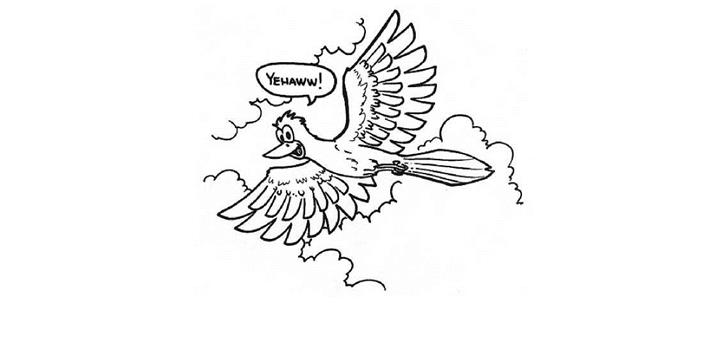Pressure
As I hinted earlier, there’s a little more to it than that. A Swiss mathematician named Daniel Bernoulli was working on complex formulas that explained changing pressure caused by flowing masses of water when he derived a formula, now called the Bernoulli equation, that explains lift. Here’s what Bernoulli discovered, and what gave birth to a million aerodynamic equations: When a fluid accelerates past an obstruction, like the surface of a wing, its pressure decreases. To be precise, a special case of Bernoulli’s equation says that [pressure + (Density+2 (velocity)2)] equals a constant value—at least in an open, continuous flow of fluid. In other words, increased velocity results in decreased pressure.
|
On Course Because the Bernoulli equation h such a crucial part of understanding the lift force that affects airplanes and other objects in flight, you might think Daniel Bernoulli had a direct interest in aviation when he derived his famous equation. Actually, he was working on a mathematical process related to water flow when hit equation occurred to him. He died in 1782, one year before the Montgolfier brothers invented a balloon for the first human flight. |
Actually, the principle can be explained pretty simply. Wings are shaped with an upper surface that is curved, or “cambered” (to use the aviation term), and a lower surface that is much less curved. When an airplane is in flight, some air is going over the top, curved surface, and some is going under the bottom, flatter surface. Because the air moving over the top, curved part of the wing must move faster to cover more surface than the air moving under the bottom, flat part of the wing, the pressure of the air on top drops slightly.
That small pressure difference is the key to creating lift, because high school physics tells us that an area of high pressure tends to move toward an area of low pressure. In flight, that means the higher pressure below the wing tries to move toward the lower pressure above. Because the body of the wing is in the way, the high – pressure air takes the wing along with it, lifting it as it goes.
In brief, that’s the concept that put magic in the smooth curve of an airplane’s wing. Together with Newton’s law of action and reaction, Bernoulli’s equation provides the explanation of the physics of flight.














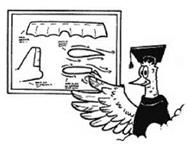
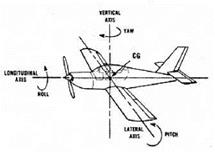

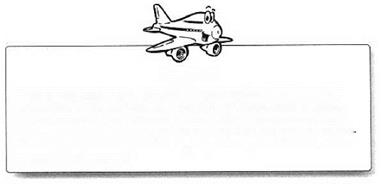 Plane Talk
Plane Talk


